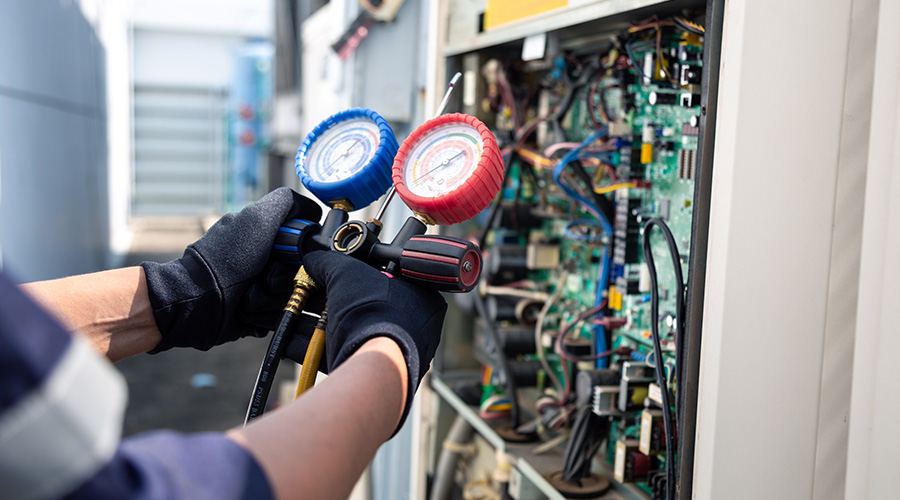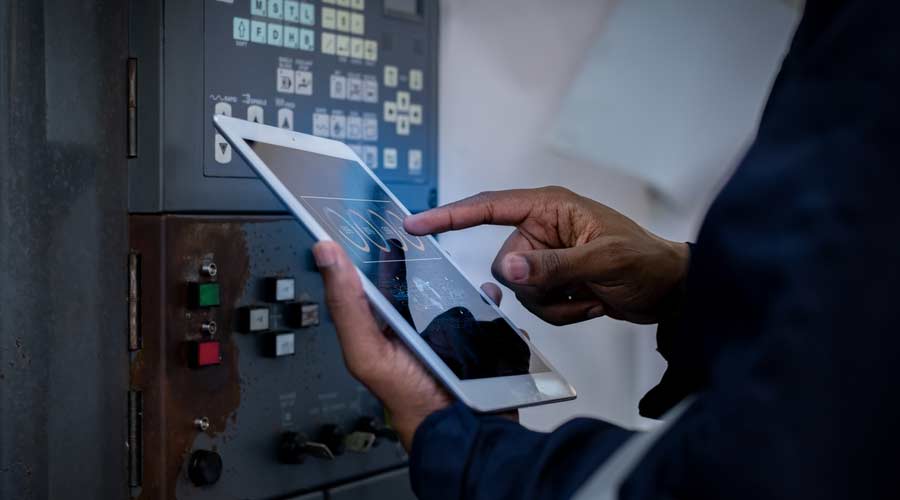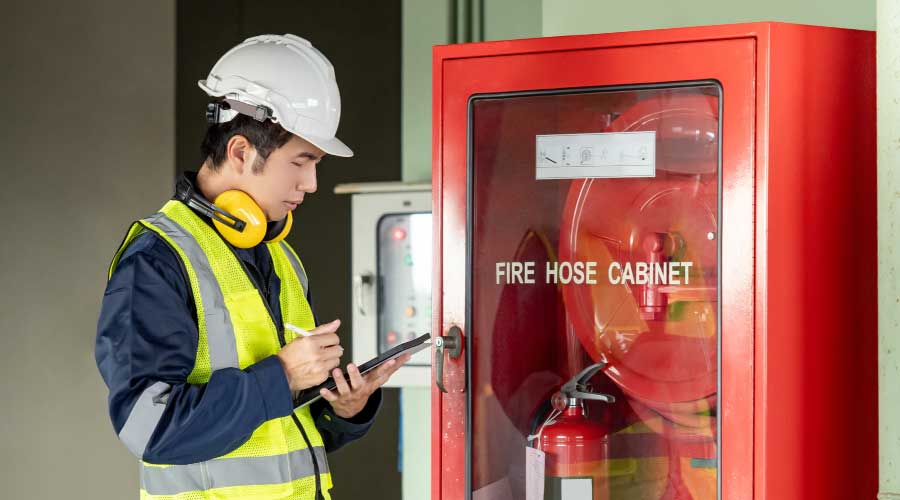Tackling Capital Projects With CMMS
One major obstacle managers face is the requirement to allocate capital funding to replace old or severely malfunctioning equipment. A CMMS that can show equipment age and projected lifespan, as well as the unit's maintenance history, can help. That ability enables managers to conduct a condition assessment and determine the accumulated cost of maintenance and repair compared with the cost of replacement.
While this type of quantitative analysis is helpful, it is not always enough to help managers accurately determine whether a piece of equipment requires replacement. For example, a 10-year-old boiler might be past its projected lifespan. But if the tubes show no signs of rust or damage and if the unit delivers close-to-nominal efficiency and has not required substantial repair to keep it running, there is no reason for replacement. Conversely, a three-year-old toilet exhaust fan that still runs but whose shroud is rusted and has required multiple repairs is a good candidate for replacement.
In some organizations, managers must budget capital funding years in advance, so the age, repair, and PM requirements are essential information for managers to forecast required replacements. An air handler approaching its projected end of life is likely to require more repairs as time goes on, even if it had not required repairs to that point. A well-developed CMMS enables managers to make accurate cost comparison and projections of repairs in order to make capital planning easier, thereby streamlining operations and minimizing costs.
A CMMS is only as good as the data technicians put into it, but a well-trained operator or an experienced manager can use the CMMS to substantially increase the department's efficiency and productivity, streamline operations, and decrease operational and maintenance costs. As time goes on and CMMS technology advances, upgrading to a new version of a certain CMMS is likely to be relatively painless and quick, as long as the equipment lists remain updated and the manuals are still available. Savvy managers will do everything they can to tap into the power of a CMMS and maximize its features to make their jobs easier and their departments more effective.
Brian Atkinson is a project engineer with Horizon Engineering Associates, LLP. He specializes in commissioning project management for facilities and has experience managing facilities and maintenance in commercial and manufacturing facilities and aboard Navy ships.
Related Topics:













